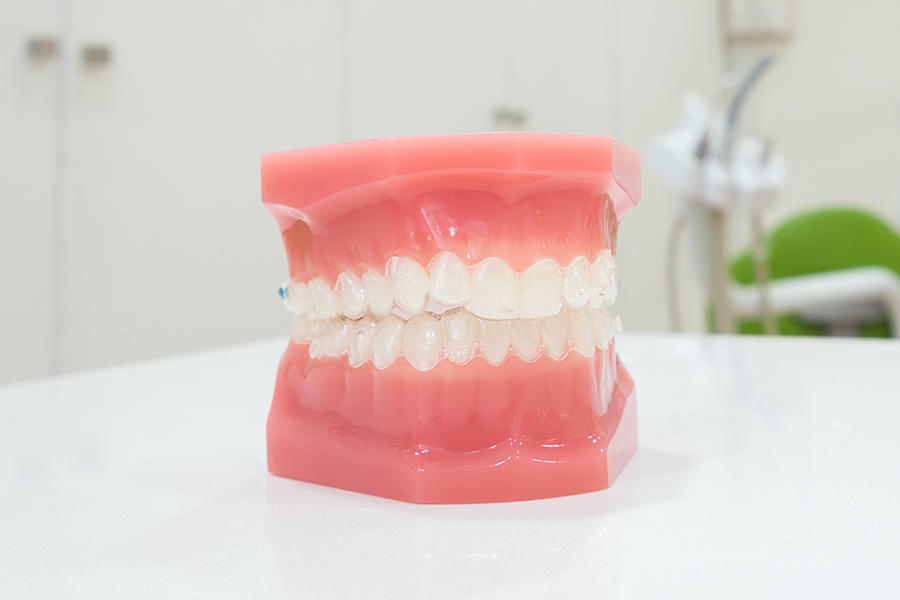How Does Tattoo Removal Work?

Estimates conclude that up to 20% of people who get a tattoo regret it at a later point in life. Fortunately, there are a number of tattoo removal options available for those who can’t bear the sight of them any longer. These are three of the most popular and least invasive current options around.
Laser Tattoo Removal
By far the most common technique for removing tattoos today is with a laser. This has proven to be one of the most effective and noninvasive methods. However, laser removal is arguably one of the more painful options also.
The power of the laser breaks apart the particles of ink in the tattoo. The body then safely absorbs these particles. Laser removal mimics the natural fading process caused by the sun, only at a much more accelerated rate. Each ink color absorbs light at different wavelengths, which means that the laser must be powerful enough to emit energy over a wide spectrum. Some colors are more difficult to completely eliminate since they fall near the edge or outside of the spectrum of laser emissions. These include bright colors like green and yellow, as well as most pastel colors.
Laser removal requires multiple sessions. The exact number depends on several factors, including the tattoo’s colors, size, placement, and the patient’s skin type.
Dermabrasion
Dermabrasion is a more invasive procedure than laser tattoo removal. Because of this, it is a less popular option performed only by licensed plastic surgeons. This procedure works by using an abrasive agent, such as a wire brush or diamond wheel, to slough off the skin down to its middle layers, where the tattoo ink resides.
Before the procedure, the surgeon will numb the area with a local anesthetic and then freeze it with liquid nitrogen. This creates a harder texture than normal skin, which makes it easier for the surgeon to sand down through its different layers. As with laser removal, dermabrasion requires multiple sessions to completely remove a tattoo.
Trichloroacetic Acid
Trichloroacetic acid, which is also known as TCA, became a popular tattoo removal technique in the '90s after research demonstrated its potential to fade tattoos over time. Since then, numerous companies have developed products containing TCA that allow users to remove their tattoos at home. As with dermabrasion, the goal of TCA treatments is to reach the middle layers of skin where the tattoo ink resides by removing the layers above them. As with the other tattoo removal procedures, TCA is quite painful and requires multiple treatments.







